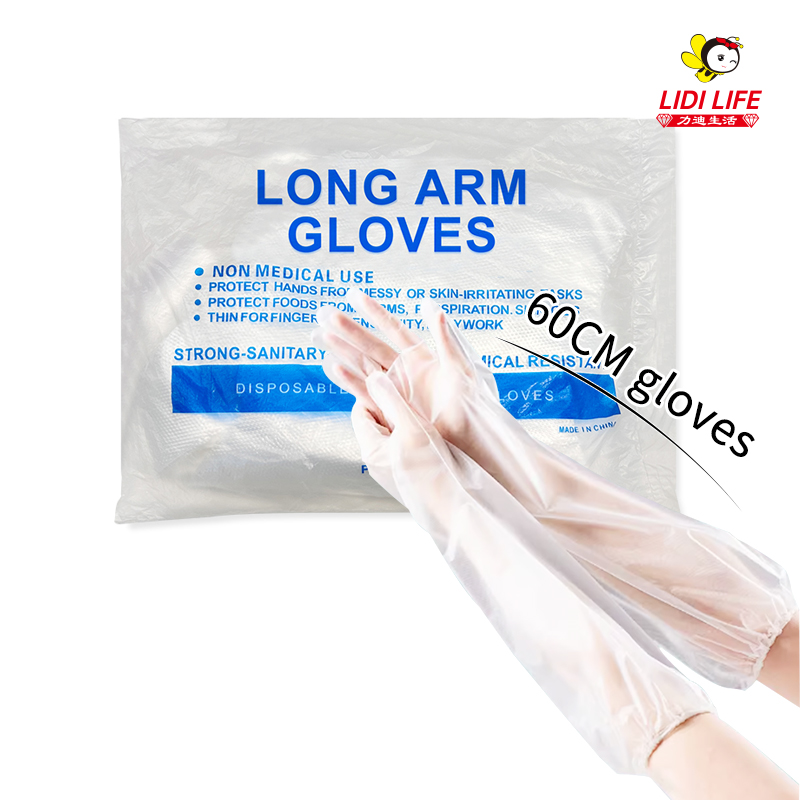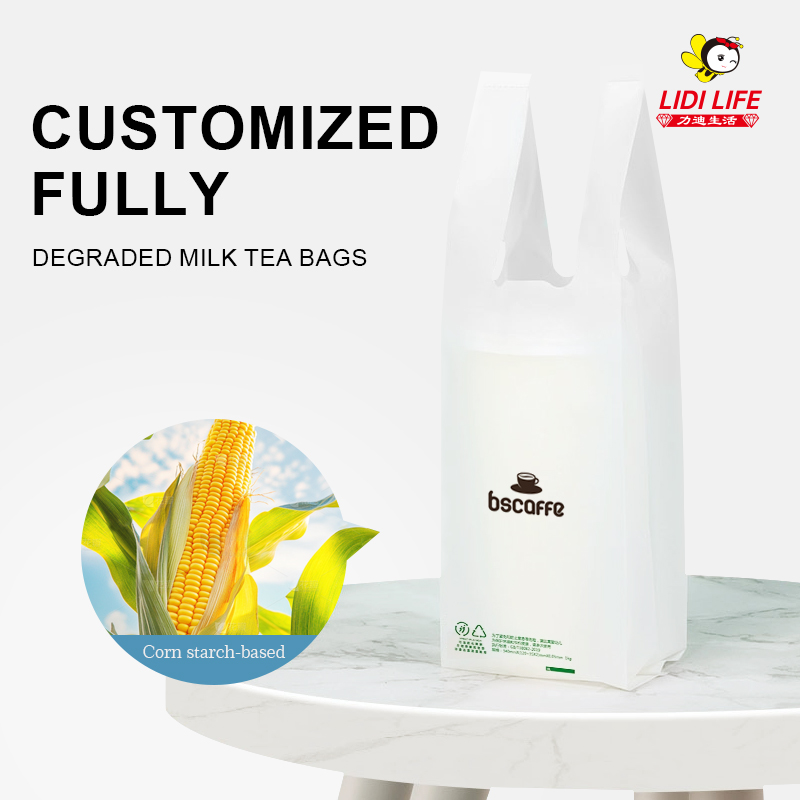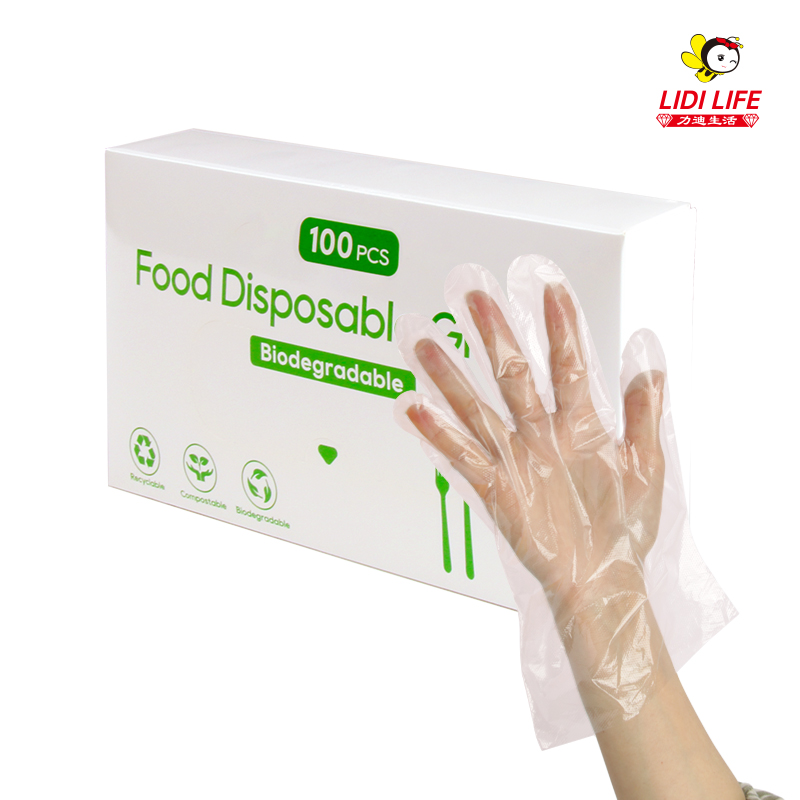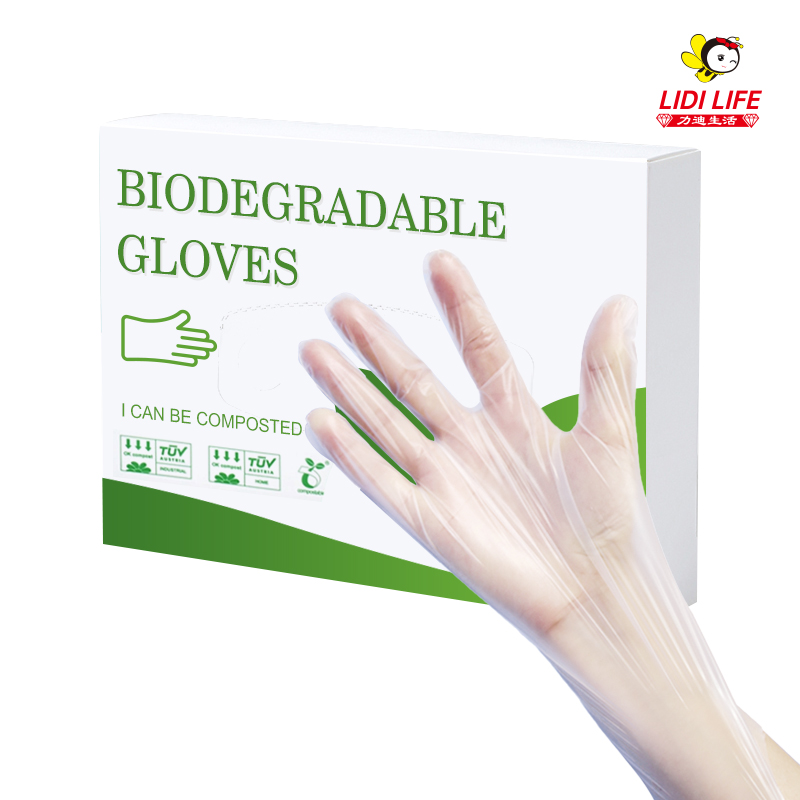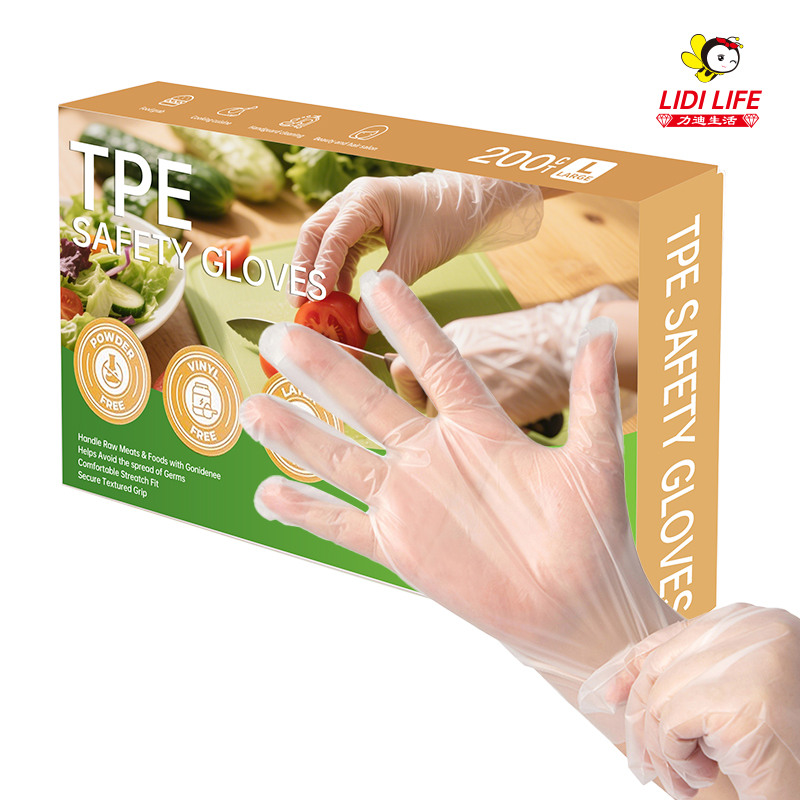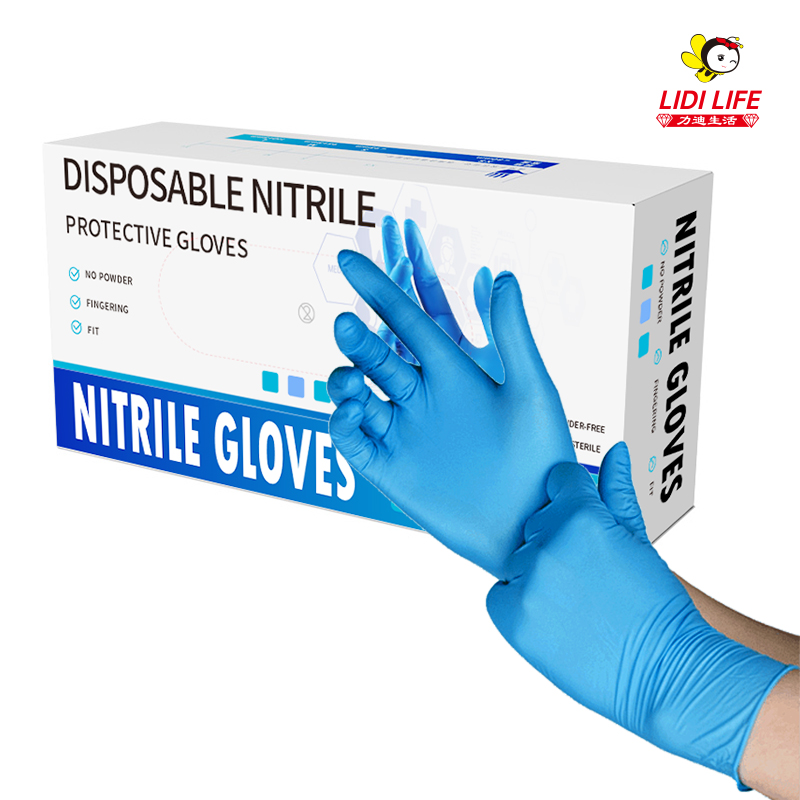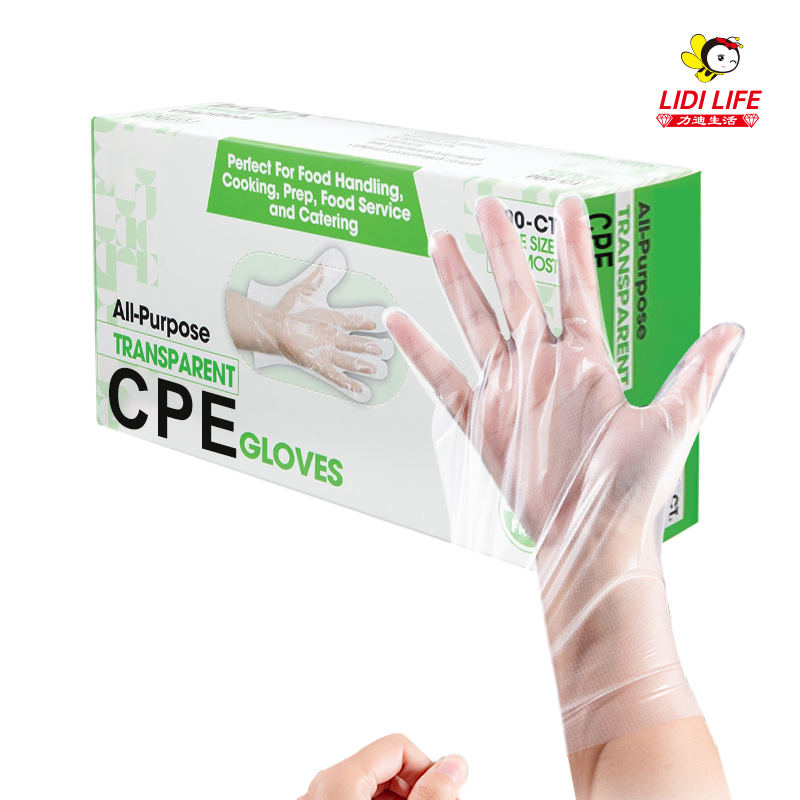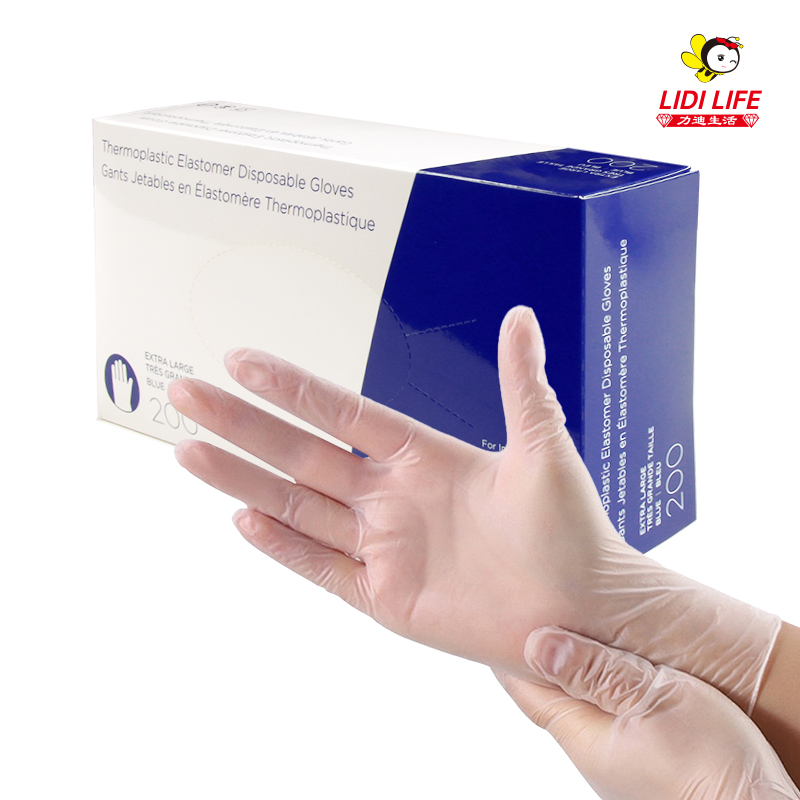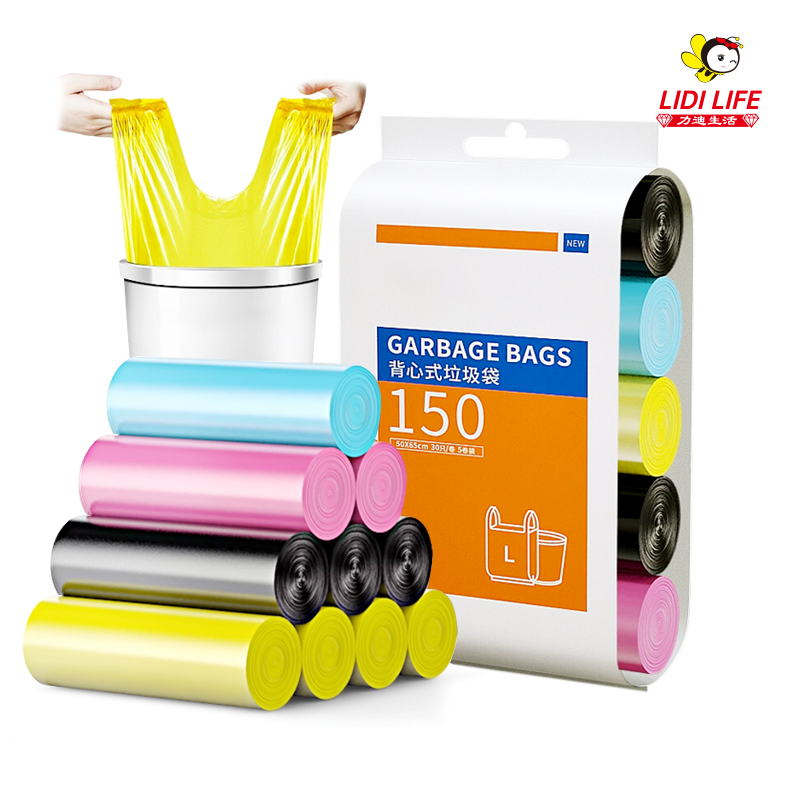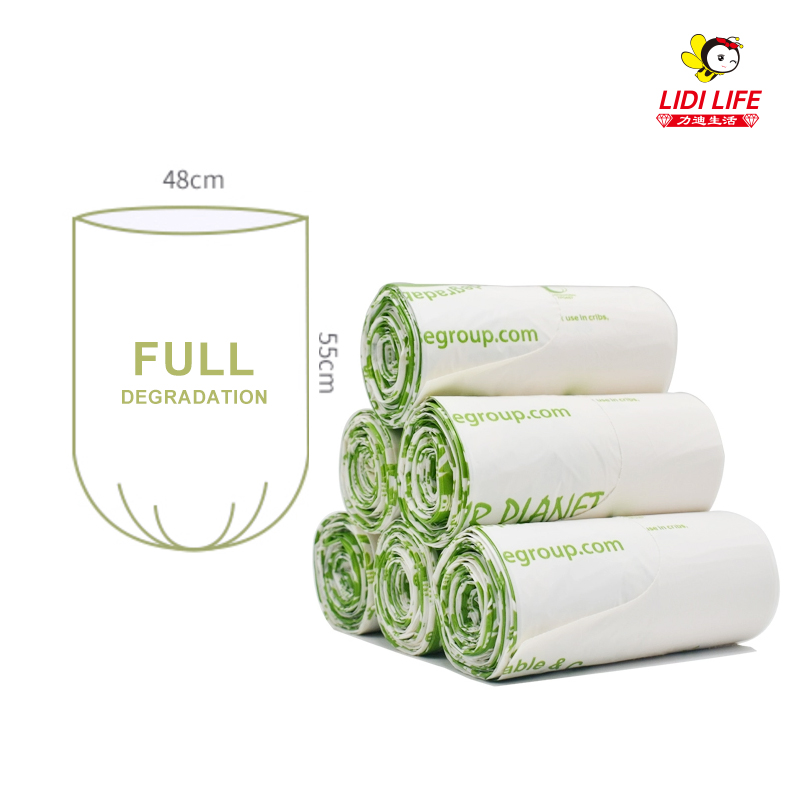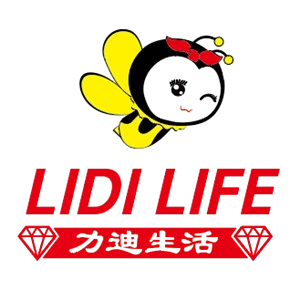Executive Summary
This examination reveals how pet poop bags (28% industry terminology), pet waste bags (24%), pet waste disposal bags (18%), pets at home poo bags (12%), and pet clean up bags (10%) consumption varies significantly across pet categories. Drawing from sales data of 3,500 retailers and surveys of 8,000 pet owners, we analyze usage patterns, product preferences, and purchase drivers for different companion animals.
Canine-Specific Demand Patterns
Size-Based Consumption Variations
Breed Size | Avg. Bags/Month | Preferred Product Type | Key Features Demanded |
Toy (<10 lbs) | 18-22 | Pet clean up bags (6"x8") | Scented, thin material |
Small (10-25 lbs) | 24-28 | Pets at home poo bags (7"x12") | Medium thickness |
Medium (25-50 lbs) | 32-36 | Pet waste bags (8"x13") | Leakproof, tie handles |
Large (50-90 lbs) | 42-48 | Pet waste disposal bags (9"x15") | Extra thick, 20+ microns |
Giant (>90 lbs) | 55-65 | Pet poop bags XL (12"x18") | Reinforced seams |
Activity Level Correlations
High-energy dogs: 28% more pet waste bags consumption
Working breeds: Prefer durable pet waste disposal bags with 3-ply construction
Senior dogs: 22% fewer bags but require odor-control pets at home poo bags
Special Canine Segments
Service dogs: 3.2x more likely to use premium pet clean up bags
Urban apartment dogs: 68% choose compact pet poop bags
Outdoor adventure dogs: Need weather-resistant pet waste bags
Feline Waste Management Solutions
Litter Box Applications
38% of cat owners use pet waste disposal bags for scooping
Preferred specifications:
8"x10" size (72% of users)
0.8-1.2 mil thickness (65%)
Unscented (88% preference)
Outdoor Walking Cats
22% of feline owners purchase pet clean up bags
Key differences from dog products:
Smaller dimensions (5"x7" standard)
Lighter material (10-12 micron)
Discreet packaging (68% preference)
Multiple Cat Households
3.5x more pets at home poo bags consumption
72% buy bulk packs (500+ count)
55% prefer arm-and-handle design for litter duties
Small Mammal Waste Solutions
Rabbit Owners
62% use pet poop bags for cage cleaning
Special requirements:
Extra small size (4"x6")
Biodegradable material (78% preference)
Dust-free (92% importance)
Ferret Owners
48% purchase pet waste bags
Unique needs:
Long, narrow shape (3"x18")
Odor-lock technology (85% demand)
Travel-friendly packaging (62%)
Guinea Pig Households
28% use pet waste disposal bags
Preferred features:
Ultra-thin material (8-10 micron) in pet poop bags
Chemical-free (95% requirement) in pet poop bags
Color-coded for multi-cage homes (38%) in pet poop bags
Avian Waste Management
Parrot Owners
18% utilize pets at home poo bags
Specialized applications:
Perch liners (42% of usage) in pet poop bags
Cage bottom liners (58%)
Travel carriers (22%)
Backyard Poultry
32% of chicken owners buy pet clean up bags
Distinct requirements:
Extra-large size (15"x20")
Compost-compatible (88%)
Heavy-duty material (25+ micron)
Reptile and Amphibian Usage
Terrarium Applications
12% of reptile owners purchase pet poop bags
Primary uses:
Substrate replacement (68%)
Spot cleaning (32%)
Specialized Needs
High humidity resistance for amphibian habitats in pet poop bags
Chemical-neutral materials for sensitive species in pet poop bags
See-through variants for health monitoring in pet poop bags
Exotic Pet Considerations
Hedgehogs
Micro-size pet waste bags (3"x5") in pet waste bags
Fragrance-free requirement (92%) in pet waste bags
Low-static material (78%) in pet waste bags
Sugar Gliders
Specialized pouch-shaped bags in pet waste bags
Ultra-soft interior lining in pet waste bags
Nesting-compatible designs in pet waste bags
Cross-Species Analysis
Frequency of Use Comparison
Pet Type | Avg. Bags/Week | Peak Usage Times |
Large dogs | 10-12 | Morning/evening walks |
Cats | 4-6 | After litter box visits |
Rabbits | 7-9 | Cage cleaning days |
Birds | 2-3 | Weekly cage maintenance |
Reptiles | 1-2 | Monthly deep cleans |
Product Feature Priorities
Dogs: Durability (88%), odor control (72%), ease of use (68%)
Cats: Discretion (65%), dust control (58%), chemical safety (92%)
Small mammals: Size accuracy (78%), biodegradability (85%), softness (62%)
Birds: Absorbency (72%), non-toxicity (95%), custom shapes (38%)
Market Size by Pet Type
Volume Consumption
Dogs: 78% of pet waste bags market
Cats: 15% market share
Small mammals: 4%
Other pets: 3%
Revenue Contribution
Dog products: 72% of dollar sales in pet clean up bags
Cat solutions: 18% (higher ASP)
Specialty pets: 10% (premium pricing)
Innovation Opportunities by Segment
Canine-Specific
GPS-tracked pet waste disposal bags for municipal compliance in pet clean up bags
Health-monitoring variants that analyze waste in pet clean up bags
Self-sealing technology for messy cleanups in pets at home poo bags in pet clean up bags
Feline-Focused
Litter box liner systems with integrated pets at home poo bags
Low-tracking designs to contain litter in pets at home poo bags
Automatic scooping compatible bags in pets at home poo bags
Small Mammal Solutions
Nesting-friendly biodegradable pet clean up bags
Herbal-infused variants for odor control
Habitat-specific shapes and sizes
Purchasing Channel Variations
Where Different Pet Owners Shop
Pet Type | Top Channel | Secondary Channel | Online % |
Dogs | Pet specialty (42%) | Mass retail (38%) | 20% |
Cats | Online (48%) | Grocery (32%) | 20% |
Small mammals | Online (58%) | Pet specialty (32%) | 10%
|
Birds | Specialty (65%) | Farm supply (25%) | 10% |
Price Sensitivity Analysis
Willingness to Pay Premiums
Dog owners: 42% pay extra for eco pet poop bags
Cat owners: 28% premium for specialized pet waste bags
Exotic pet owners: 65% pay above-market for custom pet waste disposal bags
Future Demand Projections
Growth Expectations (2025-2028)
Designer dog bags: 18% CAGR
Cat litter solutions: 12% growth
Small mammal specialty: 22% increase
Avian/reptile: 8% steady growth
This analysis demonstrates how pet poop bags, pet waste bags, pet waste disposal bags, pets at home poo bags, and pet clean up bags require species-specific product development and marketing approaches. Manufacturers must account for these substantial usage differences across pet categories to optimize their market positioning and growth strategies.
Contact Us
Marketing Department: +86 181 5007 9989
Email: tuzhengfeng@xmlidi.com
Website: https://www.worldlidi.com/


